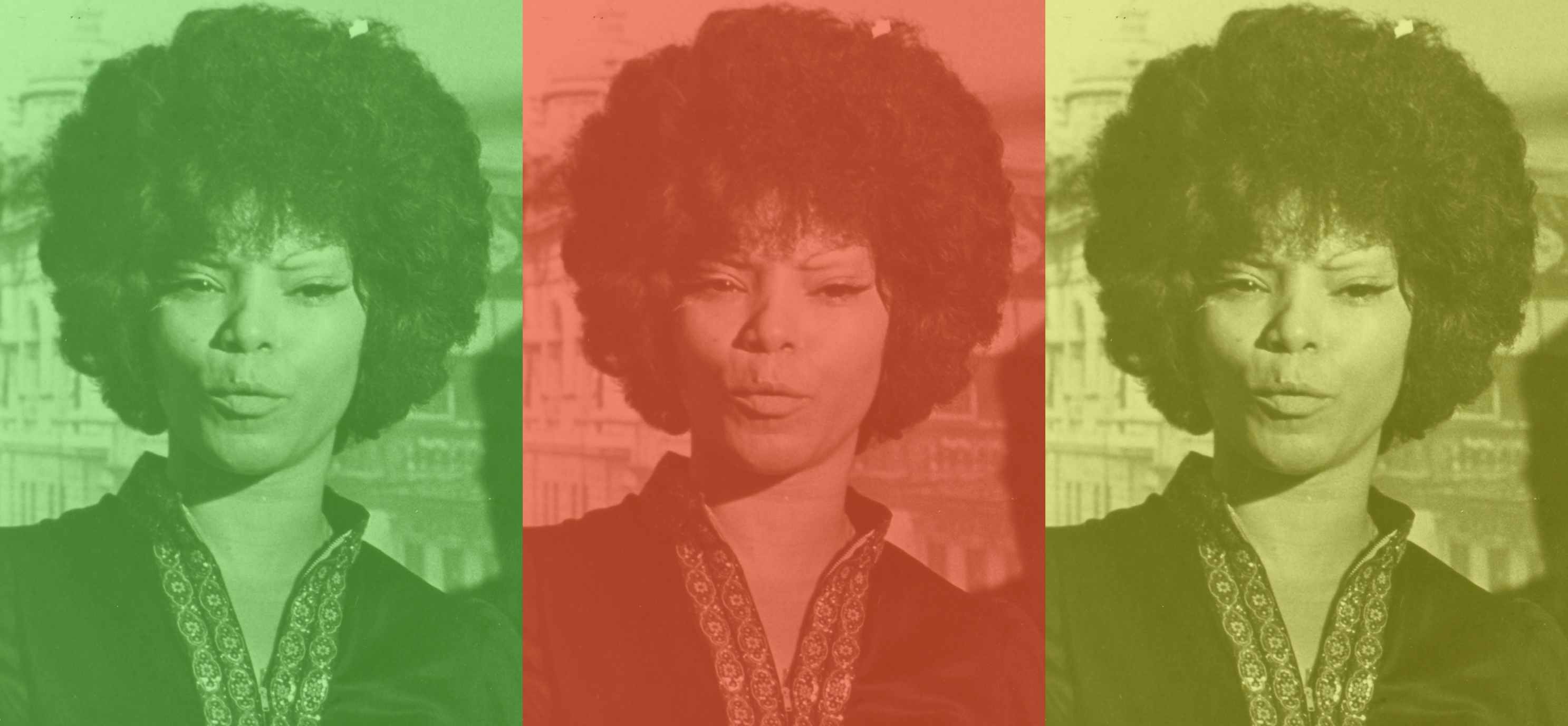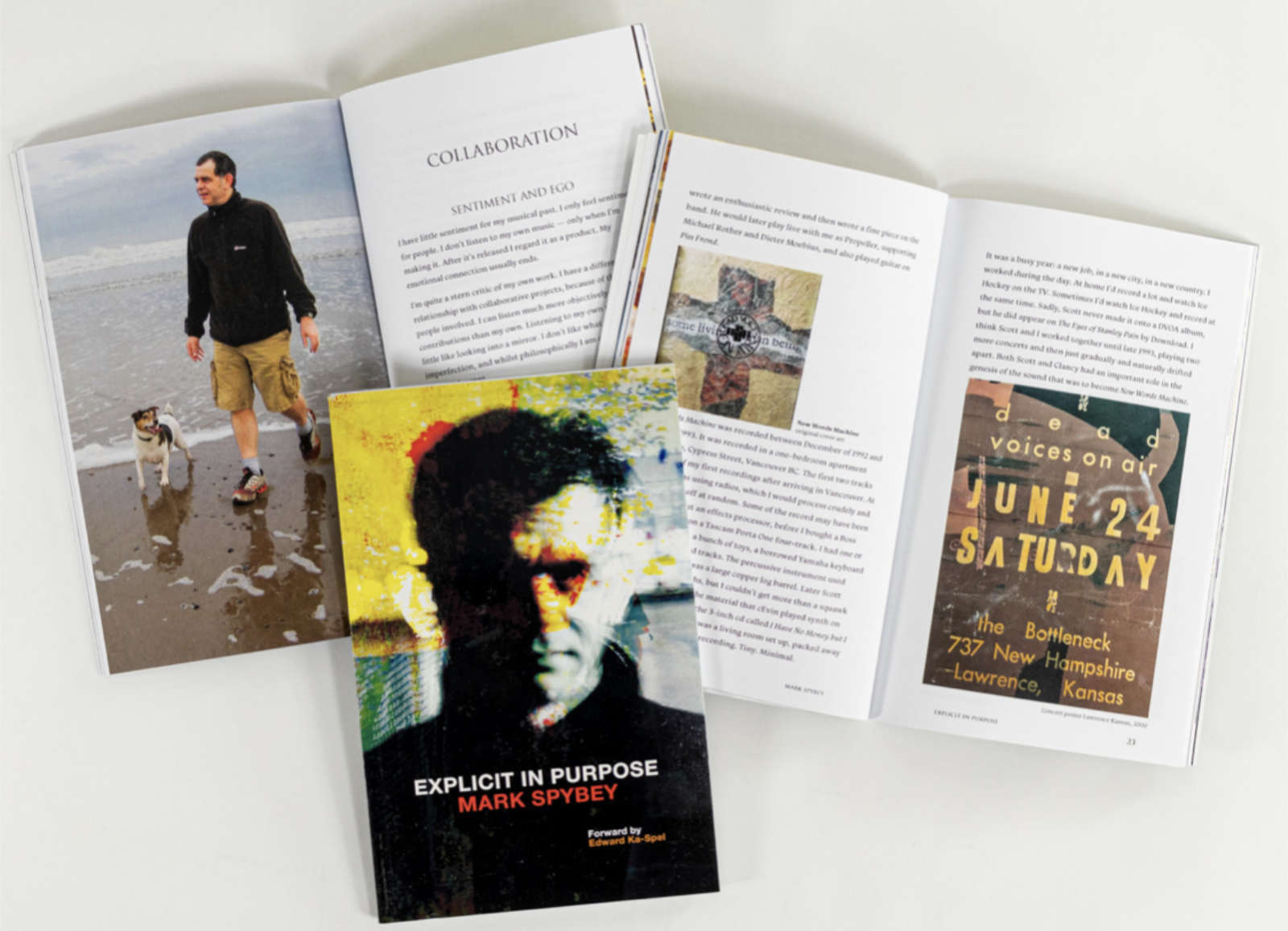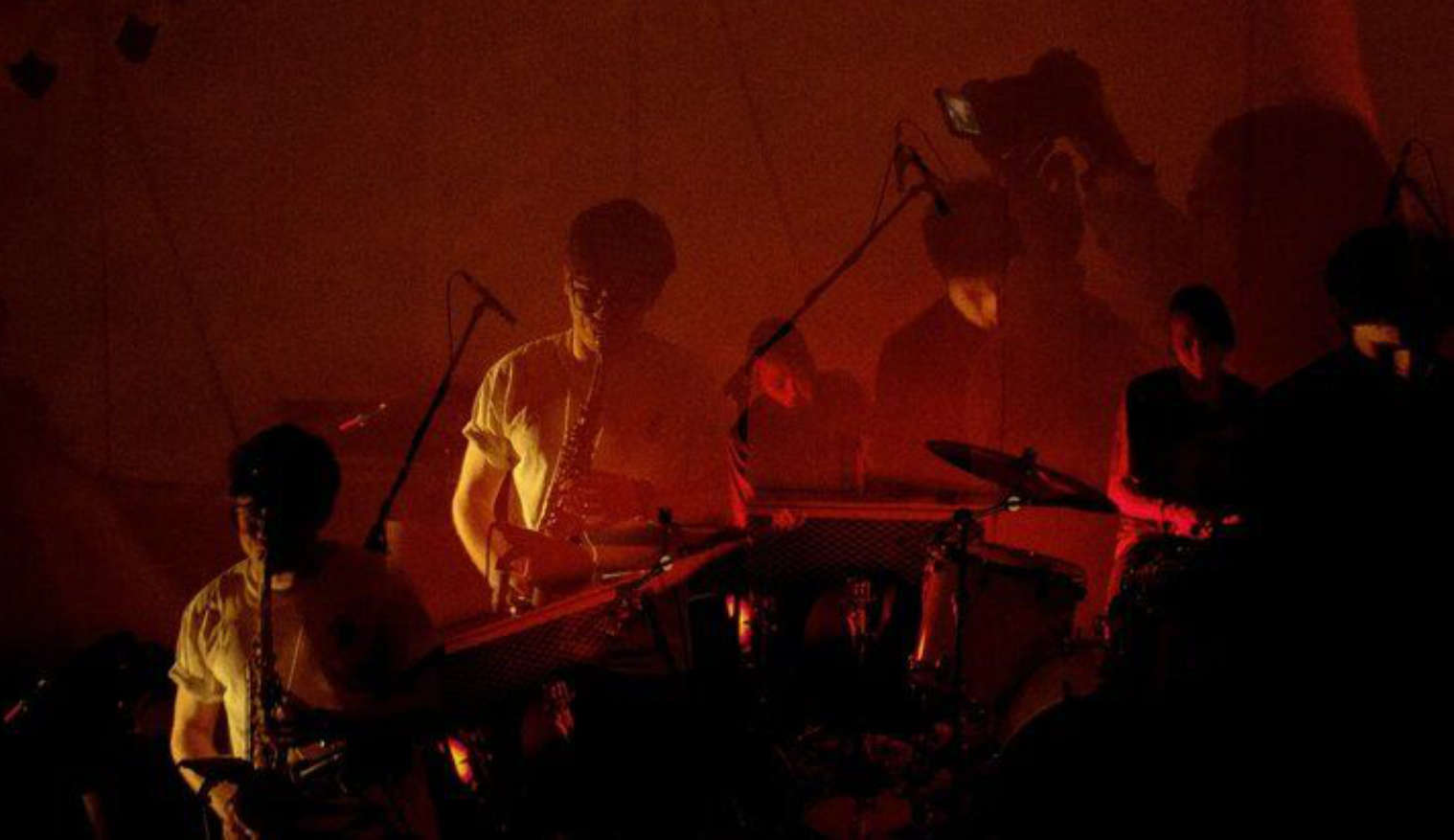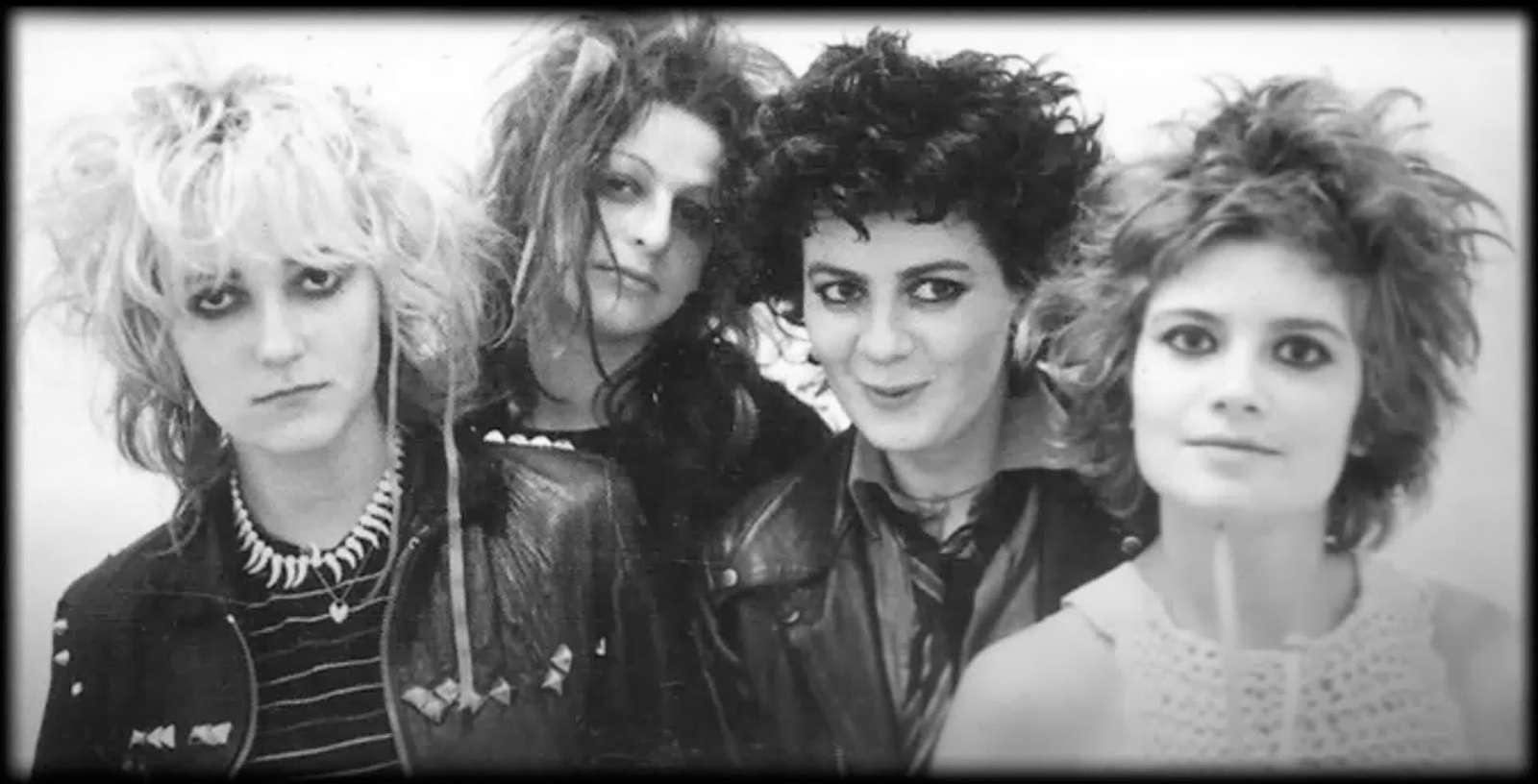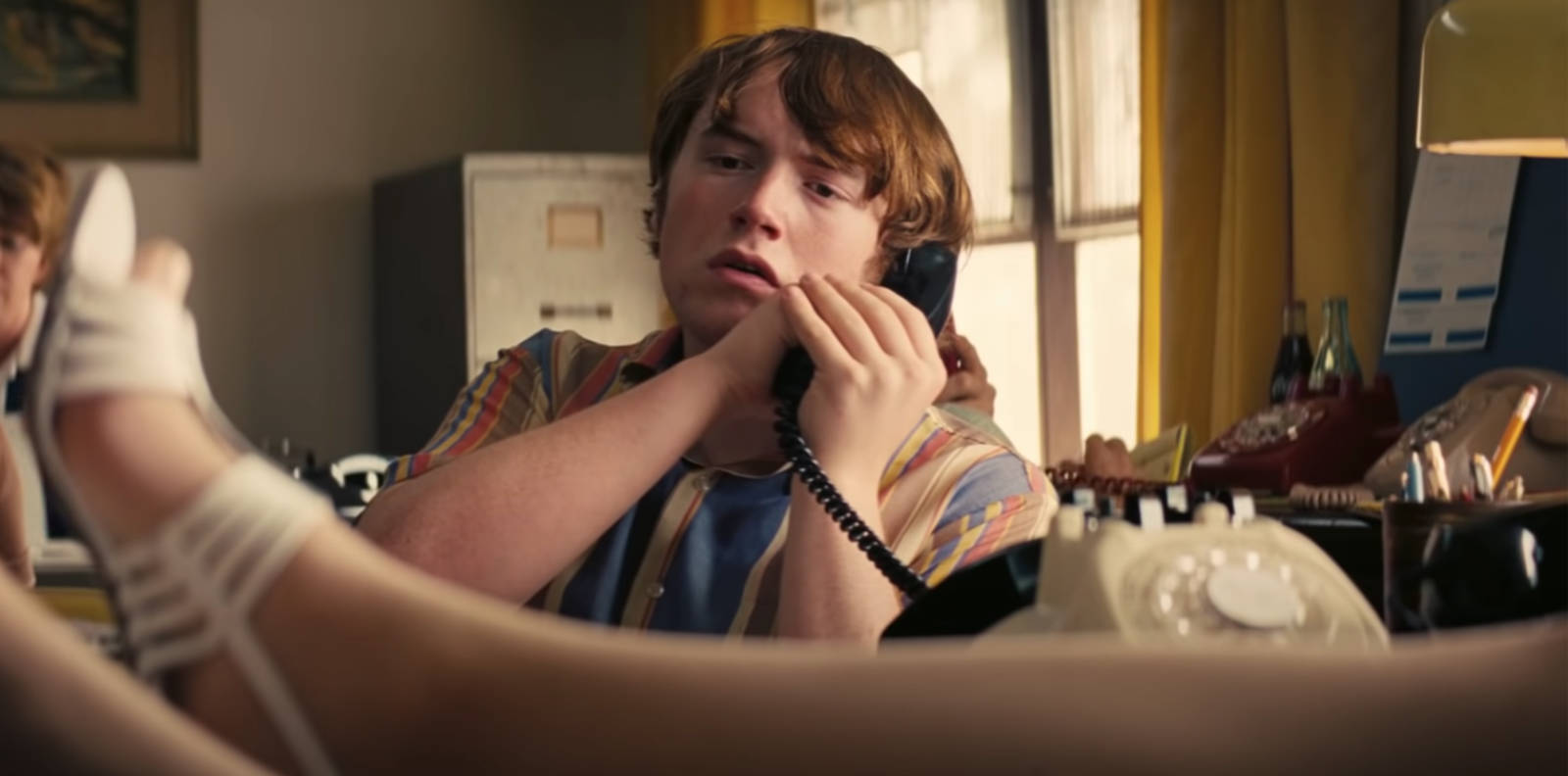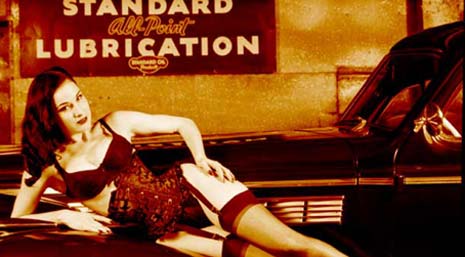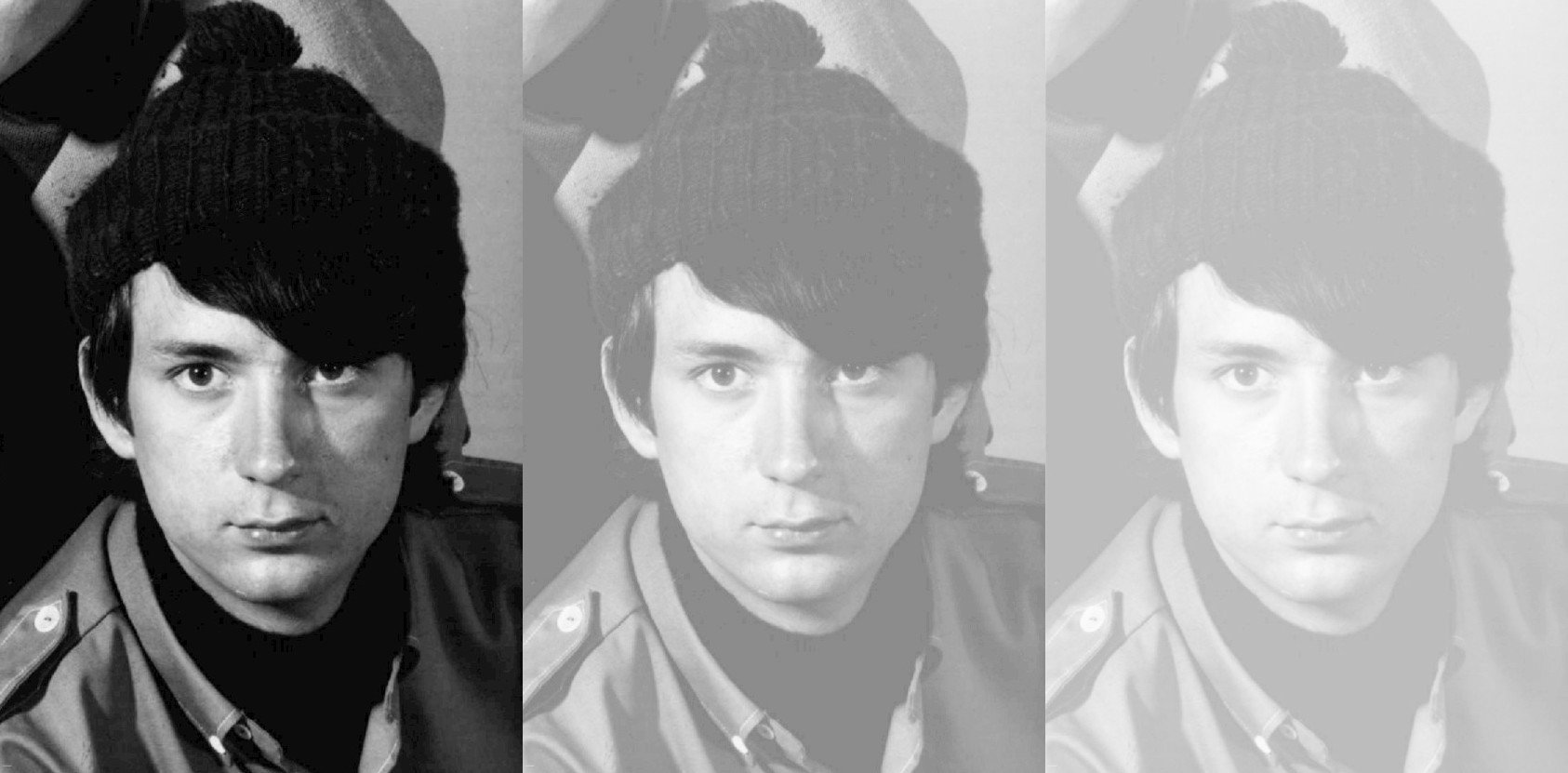"Why did I leave motion pictures for interior decorating? A very simple reason. Louis B. Mayer kicked me out." - William Haines
William Haines was never supposed to be a designer. William Haines was supposed to be the biggest actor in Hollywood and for several years, he was. He was Metro Goldwyn Mayer's Russell Crowe: the handsome actor who got all of the romantic leading roles and more importantly, turned massive profits for the studio.
The only problem was that his boss, Louis B. Mayer, wasn't thrilled with the fact that Haines was open about his romantic relationship with his on-the-set stand-in, Jimmie Shields. So when Mayer finally gave Haines an ultimatum and forced him to choose between his partner and his career, Haines chose Shields and Mayer terminated his contract.
Eventually Haines' movie career faded away‚ he made two more low-budget films for an obscure studio, but without even realizing it, he was already launching a new career as his days in feature film was petering out.
According to Class Act (Pointed Leaf Press), the latest book on Haines, acting was ultimately just a diversion. While he was enjoying success as Hollywood's most popular leading man, he was also gaining quite a reputation as a bon vivant who loved nothing more than to host parties at his Hollywood Spanish-style home and invite starlets such as Joan Crawford, Carole Lombard, Greta Garbo and Tallulah Bankhead over for cocktails.
Impressed by Haines' impeccable taste in decor and sense of interior design, Crawford begged him to remodel her now famous Brentwood home. Thanks to Crawford spreading the word about the work he did, Haines soon found himself picking up dozens of clients in the entertainment industry‚ mostly actors and studio moguls.
Without even realizing it, Haines redefined the way movie stars lived. Thanks to all those years as an actor, the homes that he first designed owed a lot to palatial movie sets of the silent era. His look was much lighter, fresher and more cosmopolitan than the heavy, monochromatic look that was the standard at the time. Haines early-19th-century England look is now called Hollywood Regency.
Soon, without prompting, Haines gravitated to a sleeker Modern American look. The original furniture designs got leaner (his Hostess and Conference Chairs, both made of angular walnut legs and polished leather upholstery still hold up as an amazing post-modern pieces) and his room arrangements seemed to focus more on low profile simplicity.
Looking back now, Haines was way ahead of the curve in terms of residential design and to a certain extent, architecture. He began creating rooms with a simple look and more importantly, he started working with modernist architects like Samuel Marx and A. Quincy Jones. He removed walls and replaced them with plate glass opening up dark rooms and thus synthesizing the interior and exterior environments. Joseph Eichler would later gain notoriety by implementing the same characteristic in his designs.
Interestingly enough, as advanced as Haines furniture designs and arrangements became, he never strayed too far from his older Hollywood roots. It wasn't uncommon to see one of his modernist rooms filled with kidney bean-shaped tables and custom made art deco-inspired lamps accented by an antique crystal chandelier or an ornate gold-leaf framed portrait from the 18th century.
"I have often found mixing periods quite normal and often exciting," Haines once famously said. "I was doing this when to be popular meant having a kind of sameness throughout the decor. Spanish tables with Spanish chairs. French chests with French loveseats. Boring. You can mix anything provided it pulls together."
In short, Haines broke all of the rules of home design in a time when rules were not to be broken. He became a trailblazer for combining classic English furniture with Continental pieces by placing vintage furnishings right next to his own contemporary objects such as his mod metal ashtrays. Not a big deal nowadays—you can't swing a stick at a new designer who doesn't preach about the virtues of mixing styles in the home—but back in the '40s and '50s when Haines was making up the rules as he went along, he established an approach to design that continues to be followed today.

Hollywood Modernist: William Haines
William Haines was never supposed to be a designer. William Haines was supposed to be the biggest actor in Hollywood and for several years, he was. He was Metro Goldwyn Mayer's Russell Crowe: the handsome actor who got all of the romantic leading roles and more importantly, turned massive profits for the studio.
first published: July, 2007
approximate reading time: minutes
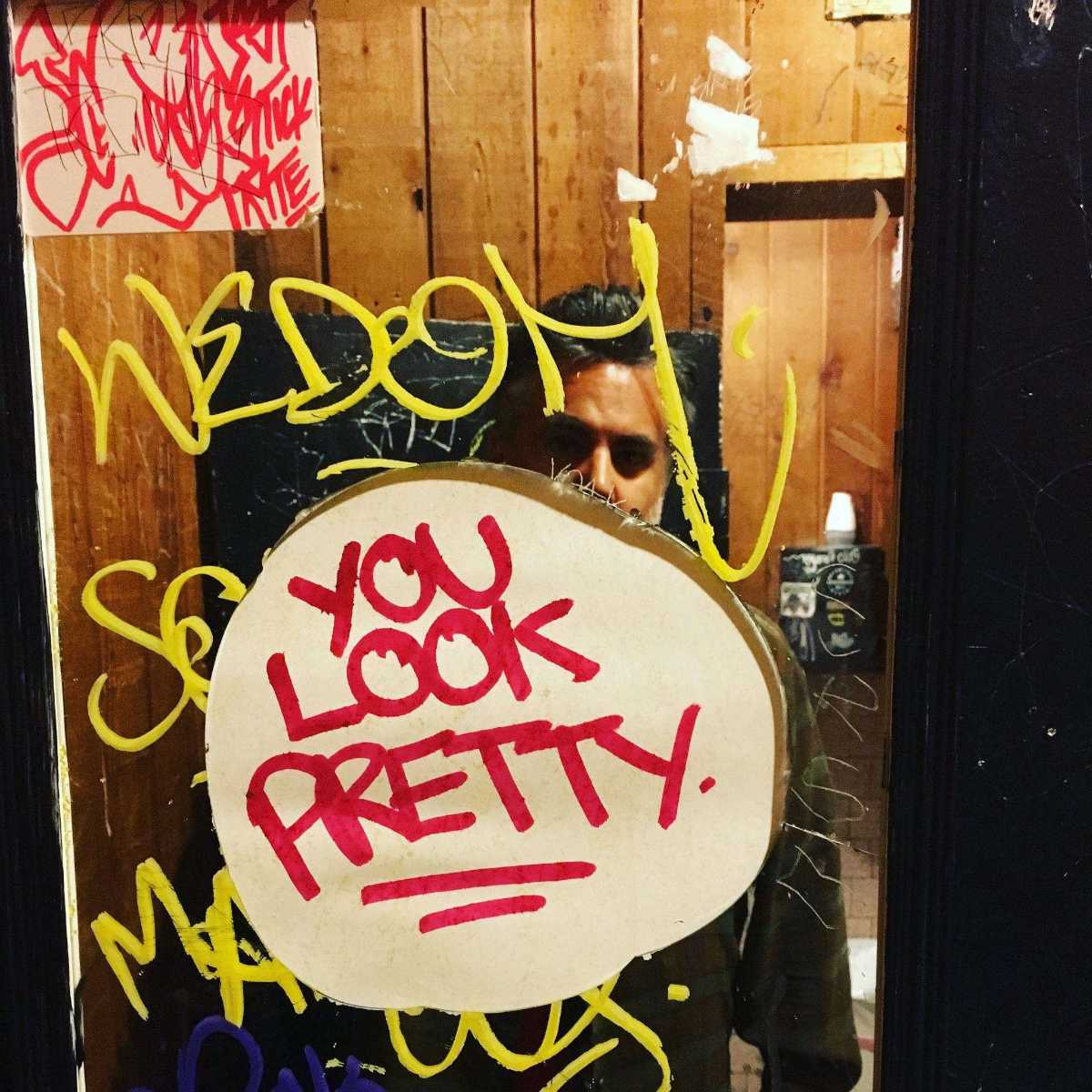
Alarcon
Founder / Managing Editor
Alarcon co-founded outsideleft with lamontpaul (the Tony Wilson to his Rob Gretton) in 2004. His work for OL has attracted the attention of hundreds of thousands of readers, oh and probably the FBI, too.
about Alarcon »»
FREE LIVE MUSIC : FREE ADMISSION
LU WARM
DJ's WOODENHAND & PREHISTORIC MAN
FRIDAY MAY 3rd, Cork's in Bearwood the weekly guide to new releases
the weekly guide to new releases
 10 clickable things
10 clickable things
RECENT STORIES
Adventures in the archives
RANDOM READS
What Readers are Reading Right Now
- Outsideleft Week in Music: The Night Coming After the Vulture Prince
We're hearing from... Arooj Aftab, DYW, Basement Letters, Reviser, Belle and Sebastian, Sadistic Force, Craig Benedict Valentine Badynee, Oloff, Lu Warm, Jean-Jaques Perrey, Flesh Field, Cigarettes After Sex, L'Imperatrice, The Slits, Allman Brothers, English Teacher, Stephen Bluhm , The Pull of Autumn and The Wesleys - Elza Soares: Beyond Boundaries
Sofia Ribeiro Willcox traces the incredible life and career of one of the all time great, Elza Soares - Bass Communion. Perfecting Imperfection
Steven Wilson's solo act Bass Communion are releasing their first album for 12 years. He explains why, and how imperfection and flaws are at the heart of his creating unique new music. - Maddening Genius
Dead Voices On Air's Mark Spybey's new biography (of sorts) details the revolutionary act of making music - Dry Cleaning Hare
Duncan Jones' Temerity: Spring Clean those guitars please - David J: Chats from the Attic
Alan Rider sits down with former Bauhaus and Love and Rockets founder David J to ask him about ritual magick, exhuming his old demos, and whether Bauhaus really is finished. - Industrial Revolution
A new publication aims to catalogue the UK industrial underground through the voices of those who were there - Short Story Orgy #2: Genocide
Charlie Hill adds to Outsideleft's Short Story Orgy Series - English Teacher: This Could Be Texas
John Robinson says English Teacher have produced his LP of the Year so far - The Blessed Saint Slit
Here To Be Heard - The Story Of The Slits on film
All About and Contributors
HELP OUTSIDELEFT
Outsideleft exists on a precarious no budget budget. We are interested in hearing from deep and deeper pocket types willing to underwrite our cultural vulture activity. We're not so interested in plastering your product all over our stories, but something more subtle and dignified for all parties concerned. Contact us and let's talk. [HELP OUTSIDELEFT]
WRITE FOR OUTSIDELEFT
If Outsideleft had arms they would always be wide open and welcoming to new writers and new ideas. If you've got something to say, something a small dank corner of the world needs to know about, a poem to publish, a book review, a short story, if you love music or the arts or anything else, write something about it and send it along. Of course we don't have anything as conformist as a budget here. But we'd love to see what you can do. Write for Outsideleft, do. [SUBMISSIONS FORM HERE]





